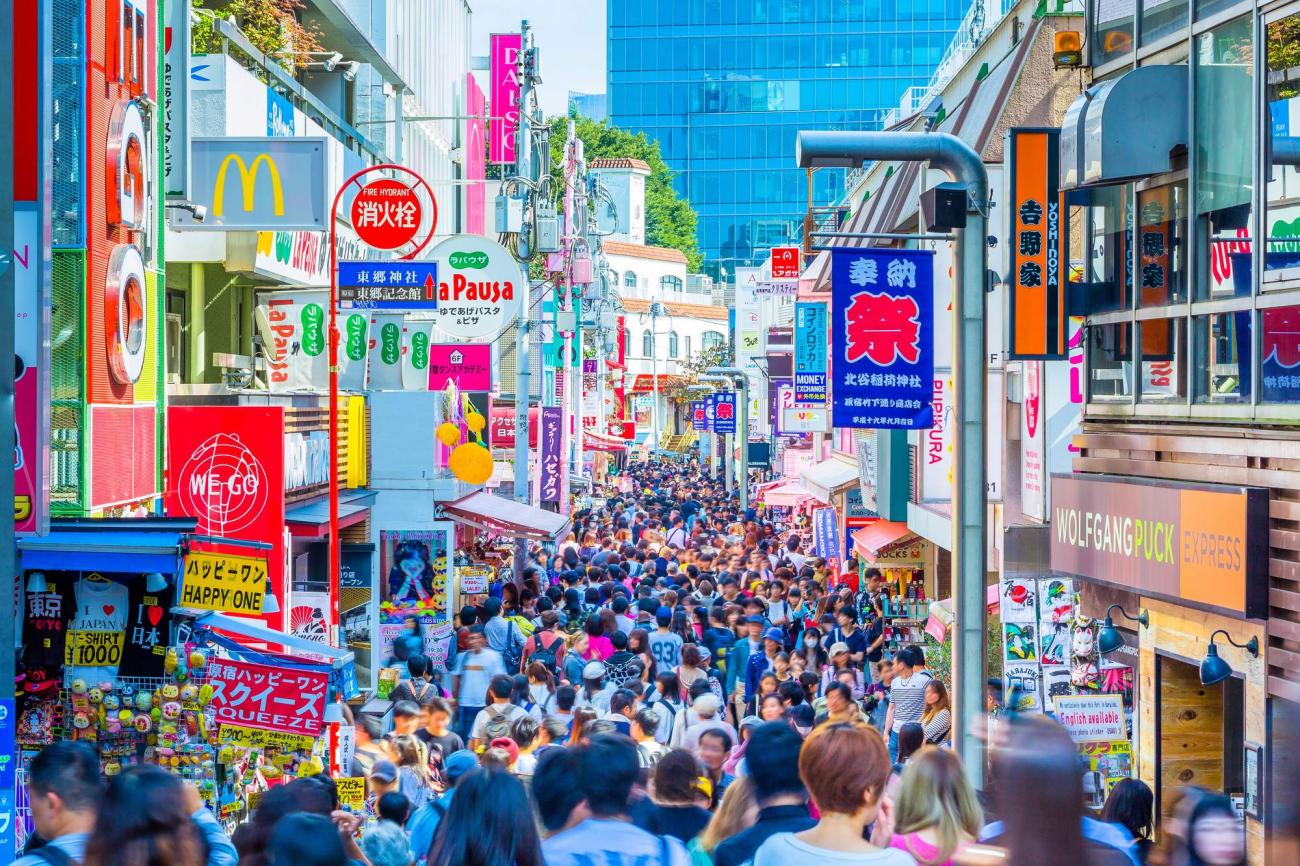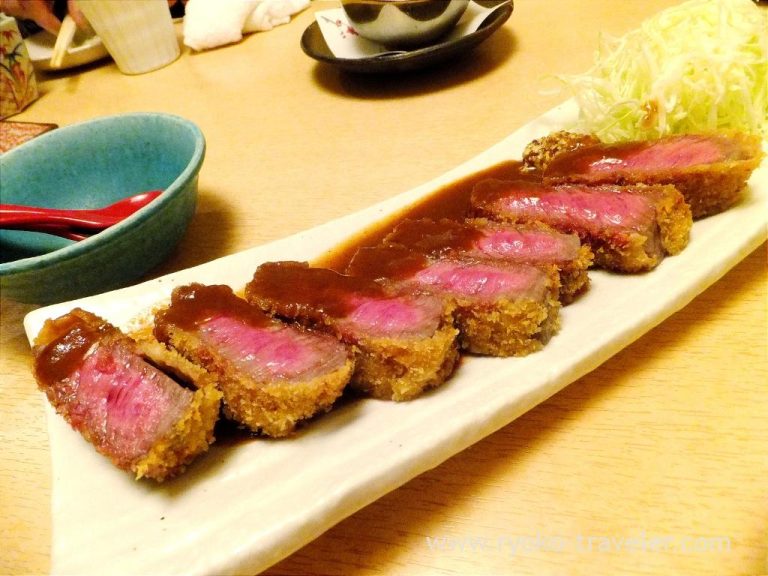Tokyo, one of the world’s most dynamic fashion capitals, is a vibrant tapestry of style, culture, and innovation. The city’s fashion districts are more than just shopping hubs—they are cultural centers where trends are born, traditional craftsmanship meets futuristic flair, and personal expression knows no limits. In this article, we’ll dive deep into the heart of Tokyo’s fashion scene, uncovering the top districts, the must-visit stores, and the unique style subcultures that set this city apart.
Harajuku: The Epicenter of Youth Fashion
No exploration of Tokyo’s fashion scene is complete without a visit to Harajuku, the city’s world-famous playground for youthful expression and street style. Located between Shibuya and Shinjuku, this area is iconic for its eccentric, colorful, and often daring outfits.
What to Expect
- Takeshita Street: A narrow, lively lane filled with affordable boutiques, crepe stands, and trendy accessories.
- Laforet Harajuku: A multi-level fashion complex housing over 140 shops, offering everything from gothic lolita to avant-garde fashion.
- Street Style: Harajuku is a hotspot for fashion photographers and influencers capturing one-of-a-kind looks.
Style Vibes: Punk, kawaii (cute), gothic, lolita, and decora dominate the area.
Shibuya: The Pulse of Tokyo’s Fashion-Forward Crowd
Shibuya is Tokyo’s fashion powerhouse, particularly for trend-conscious teens and twenty-somethings. The world-famous Shibuya Crossing is not just a tourist attraction—it’s a catwalk of Tokyo’s coolest looks.
Must-Visit Shopping Spots
- Shibuya 109: A landmark shopping mall dedicated to young women’s fashion and streetwear trends.
- MAGNET by Shibuya109: Focuses more on men’s fashion, music, and pop culture.
- Cat Street: A lesser-known but chic alley stretching from Shibuya to Harajuku, lined with independent boutiques and vintage stores.
Style Vibes: Urban, casual, edgy, and trendsetting.
Omotesando: Tokyo’s Champs-Élysées
Nicknamed the “Champs-Élysées of Tokyo,” Omotesando is where high fashion meets architectural artistry. This upscale avenue is a favorite among fashionistas with refined tastes.
What to Expect
- Luxury Brands: Flagship stores from Dior, Prada, Louis Vuitton, and Chanel housed in stunningly designed buildings.
- Omotesando Hills: A sleek shopping complex featuring designer labels and high-end lifestyle brands.
- Architectural Tours: Many come here just to admire the cutting-edge building designs by world-renowned architects like Tadao Ando and Herzog & de Meuron.
Style Vibes: Sophisticated, minimalist, and luxury-oriented.
Ginza: Glamour and Timeless Elegance
If you’re looking for Tokyo’s most polished and elite shopping experience, Ginza is the place. With wide boulevards, flagship department stores, and gourmet dining, this district exudes luxury.
Key Shopping Destinations
- Ginza Six: A high-end mall featuring international and Japanese luxury brands.
- Matsuya Ginza and Mitsukoshi Ginza: Classic department stores known for their impeccable service and wide variety of brands.
- Uniqlo Ginza: The world’s largest Uniqlo store, with 12 floors of fashion, innovation, and Japanese design.
Style Vibes: Chic, refined, tailored, and classic.
Shimokitazawa: Tokyo’s Vintage Treasure Trove
For lovers of secondhand treasures and indie fashion, Shimokitazawa is a haven. Located just a few minutes from Shibuya by train, this bohemian district offers a more relaxed, artsy vibe.
What You’ll Find
- Vintage Boutiques: Dozens of stores specializing in American, European, and Japanese vintage clothing.
- Thrift Culture: Hidden gems in alleyways, offering everything from 90s streetwear to rare designer pieces.
- Cafés & Live Houses: A creative ambiance supported by record shops, live music venues, and cozy cafés.
Style Vibes: Retro, alternative, casual, and hipster-friendly.
Ikebukuro: Otaku and Alt-Fashion Central
While Ikebukuro is often associated with electronics and anime, it’s also a lesser-known hub for alternative and underground fashion scenes.
Highlights Include
- Sunshine City: A large commercial complex that houses fashion shops and pop culture stores.
- P’Parco: A mall focused on subcultures, alternative fashion, and anime-themed styles.
- Ikebukuro’s East Side: Quieter streets with niche boutiques for those seeking lesser-known Japanese labels.
Style Vibes: Otaku, goth, lolita, cyberpunk, and cosplay fashion.
Koenji and Nakano: Underground and DIY Fashion Scenes
These two adjacent neighborhoods west of Shinjuku are the epicenters of Tokyo’s underground fashion movement, beloved by creatives and fashion rebels.
Key Attractions
- Koenji: Known for punk rock fashion, indie designers, and vintage markets like Kitakore Building and Koenji PAL Shopping Street.
- Nakano Broadway: Famous for anime collectibles, but also houses unique fashion outlets that blend nostalgia with modern flair.
- Thrift Explosion: In both neighborhoods, you’ll find an abundance of secondhand shops and unique flea markets.
Style Vibes: DIY, punk, anti-fashion, and artistic.
Conclusion
Tokyo’s fashion districts reflect the city’s remarkable diversity and its deep cultural appreciation for self-expression. Whether you’re drawn to the quirky charm of Harajuku, the luxury elegance of Ginza, or the vintage depths of Shimokitazawa, each district tells a unique story. Shopping in Tokyo isn’t just a transaction—it’s an immersive cultural experience where every street corner has a runway, and every person is a stylist.
Tokyo offers not just a glimpse into global fashion trends but the future of what fashion can be. So, bring your most daring outfits, an empty suitcase, and a curious heart—you’re in for an unforgettable fashion adventure.
FAQs
1. What is the best district for luxury shopping in Tokyo?
Ginza is the top choice for luxury shopping, featuring brands like Chanel, Dior, and Louis Vuitton, alongside premium Japanese boutiques.
2. Is Harajuku still a good place to see street fashion?
Yes, especially around Takeshita Street and the areas near Meiji Shrine. While the extreme styles have mellowed, creativity still thrives.
3. Are prices high in Tokyo’s fashion districts?
It depends on the district. Ginza and Omotesando are more expensive, while Shimokitazawa, Koenji, and Harajuku offer affordable and vintage finds.
4. What’s the best place for unique or indie Japanese designers?
Visit Laforet Harajuku, Koenji, and parts of Cat Street for emerging Japanese designers and niche fashion brands.
5. Is it easy to navigate Tokyo’s shopping districts as a tourist?
Yes. Most districts are accessible by train and have English signage. Use Suica/Pasmo cards for smooth travel and Google Maps for navigation.




Leave a Comment